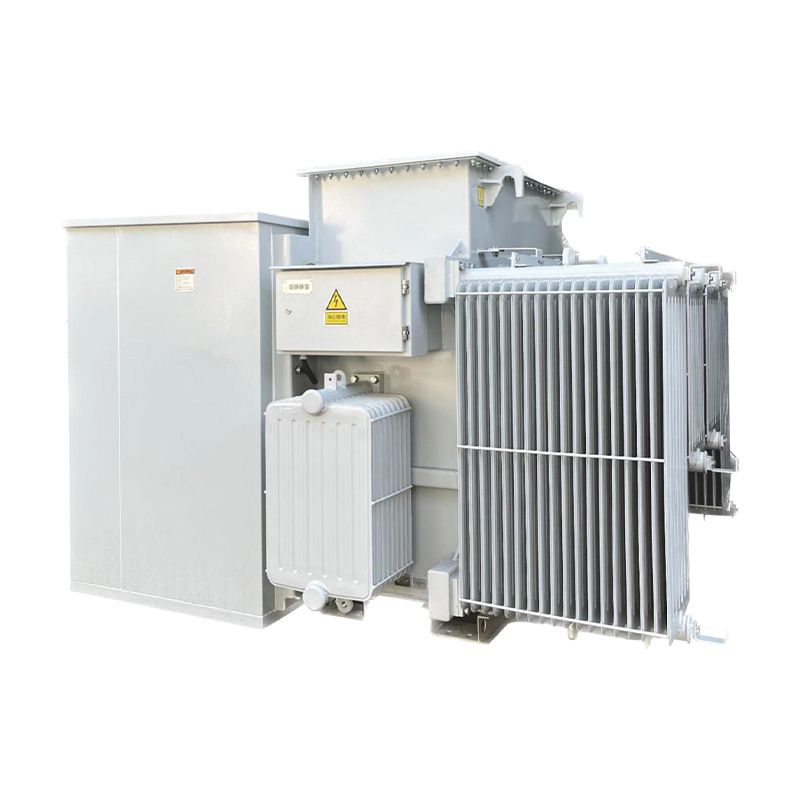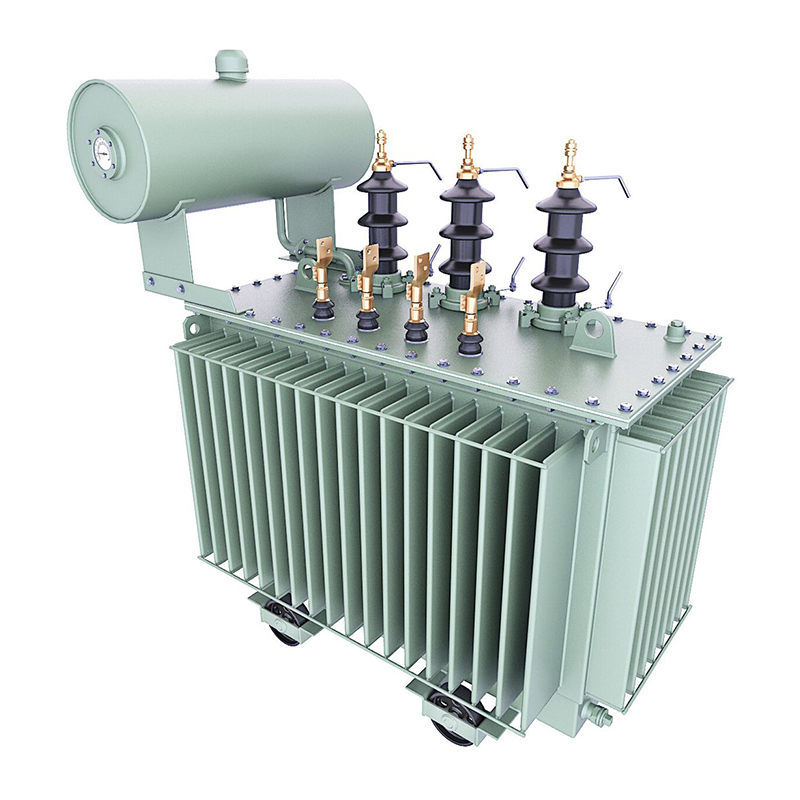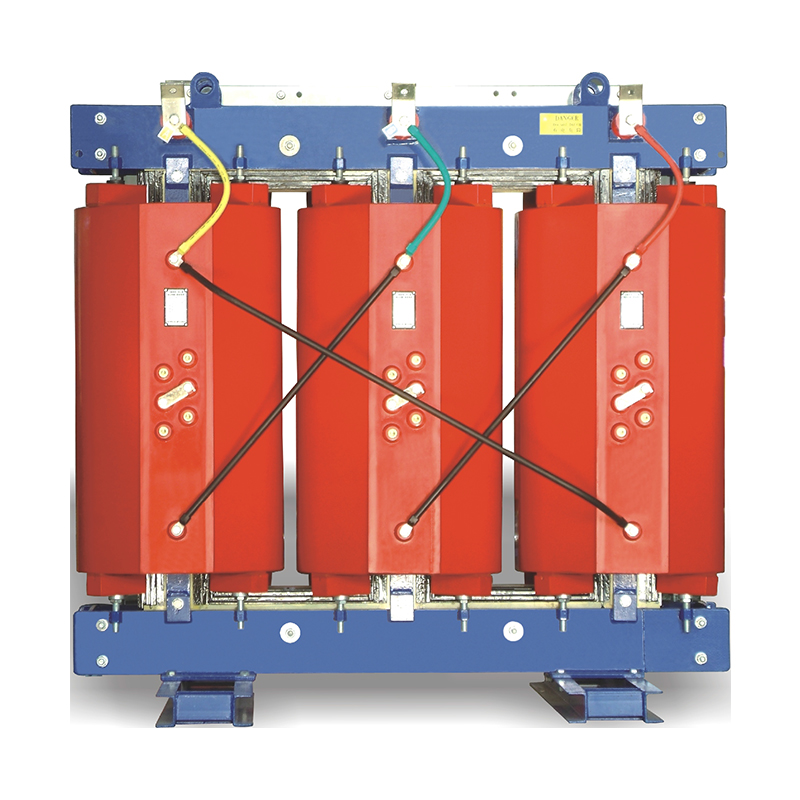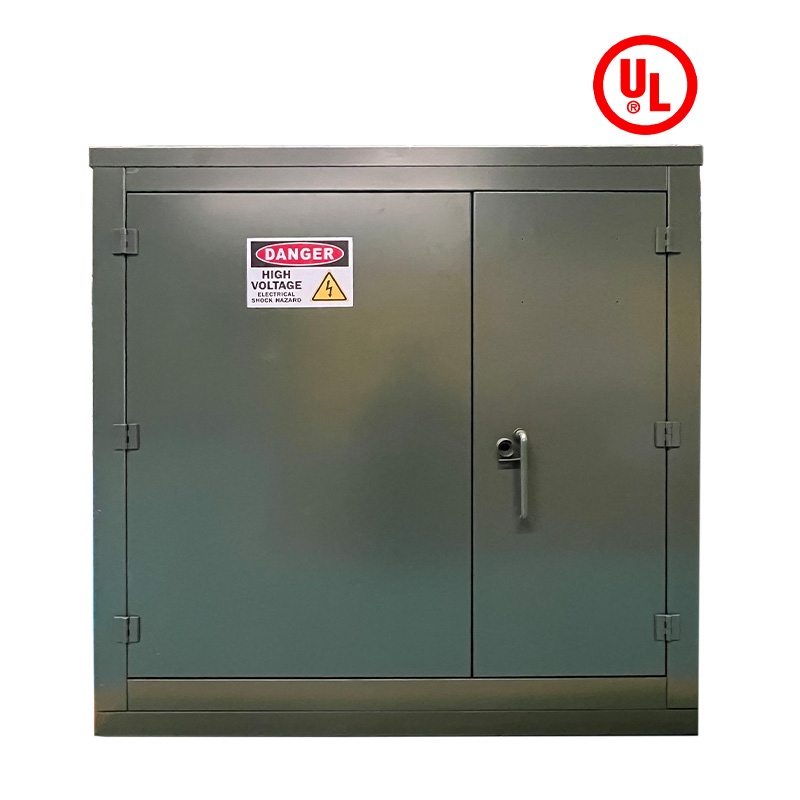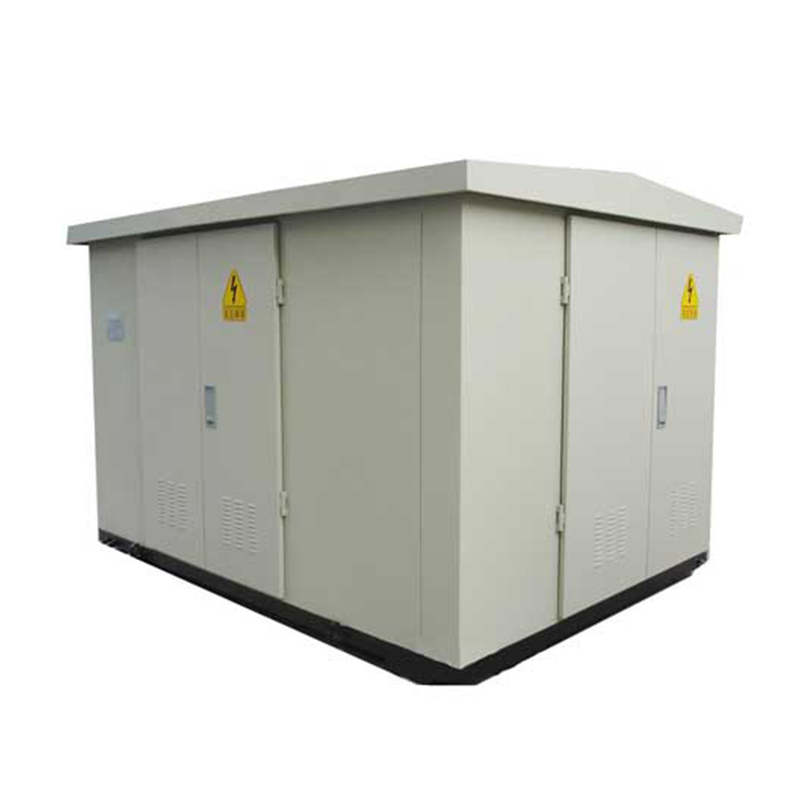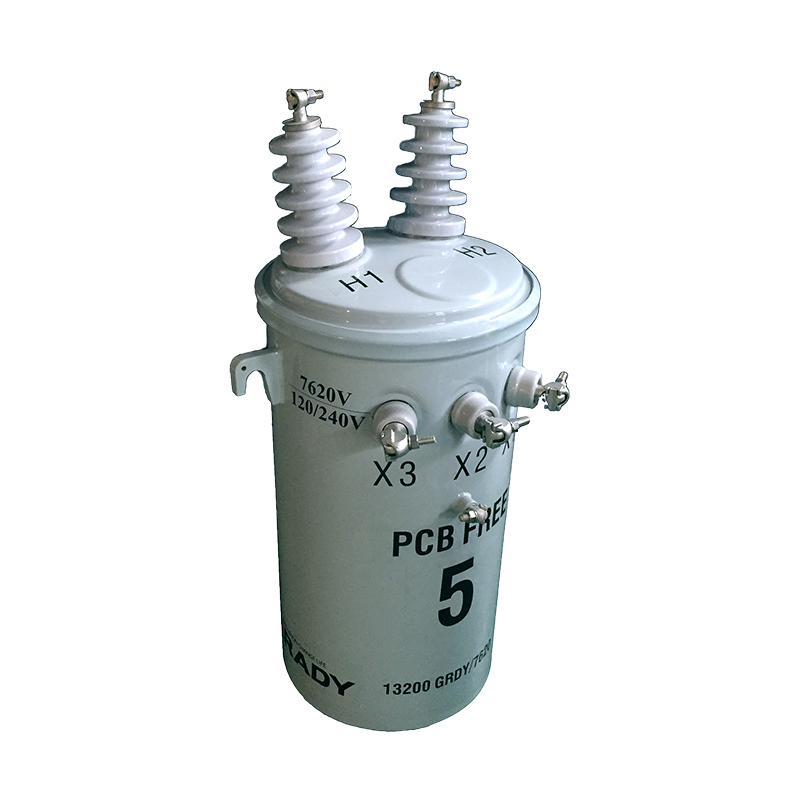Installation and commissioning process of power transformers
The installation and commissioning process of power transformers can be summarized into the following main steps:
1、 Preparation before installation
1. Check the transformer: Ensure that the appearance of the transformer is undamaged and that all accessories are complete, such as oil level gauges, thermometers, pressure relief valves, etc. At the same time, it is necessary to check the oil sample of the transformer to ensure that it meets the operational requirements.
2. Choose installation site: A flat and sturdy ground should be selected as the installation foundation for the transformer to ensure stability and reliability after installation. In addition, the installation site should be kept away from flammable and explosive materials and maintain good ventilation.
3. Prepare tools and materials: including lifting equipment, screwdrivers, wrenches, and other installation tools, as well as insulation pads, wires, and other installation materials.
2、 Installation process
1. Lifting Transformer: Use lifting equipment to lift the transformer to the designated position, ensuring a smooth and collision free lifting process. During the lifting process, attention should be paid to protecting the vulnerable parts of the transformer, such as oil level gauges, thermometers, etc.
2. Basic fixation: Place insulation pads at the bottom of the transformer to ensure good insulation between the transformer and the ground. Then, use bolts to secure the transformer to the foundation, ensuring its stability and no shaking.
3. Connect the high and low voltage side cables: According to the design requirements, connect the high and low voltage side cables to the corresponding terminals of the transformer. During the connection process, attention should be paid to the phase sequence and phase of the cable to ensure correct connection. At the same time, special tools should be used to tighten cable joints to ensure a secure and reliable connection.
4. Inject insulation oil: According to the capacity and oil level requirements of the transformer, inject an appropriate amount of insulation oil into the transformer oil tank. During the injection process, attention should be paid to observing the changes in the oil level gauge to ensure that the oil level is within the normal range.
3、 Debugging and acceptance
1. Inspection and debugging: After installation, conduct an excellent inspection of the transformer, including appearance, cable connections, oil level, etc. After confirming that there are no errors, conduct debugging and operation, observe the operation status of the transformer, and ensure that everything is normal.
2. Power transmission impact test: During the debugging process, a power transmission impact test is required. The specific operation is to open all switches on the load side, conduct 3 full voltage impulse tests, and check whether the insulation and protection devices of the transformer are normal after each impulse. The first input is from the high-voltage side, and the duration after power on is not less than 10 minutes. After there are no abnormal situations, the impact is carried out every 5 minutes. Perform the last 24-hour no-load operation.
3. Acceptance: Ensure that all handover test documents are complete, authentic, and qualified, that the phase and color of the transformer's primary and secondary leads are correct, and that the grounding wire has good equipotential contact. At the same time, the transformer should be cleaned and wiped clean, with no debris left on the top cover, and the body and attachments should be undamaged and free of oil. In addition, it is necessary to check whether the ventilation facilities are installed and working properly, whether the accident oil discharge facilities are intact, and whether the fire-fighting facilities are complete.
4、 Operation and maintenance
After the transformer is put into operation, regular inspection and maintenance work is also required, including checking the oil level, oil temperature, sound, etc. to ensure that it is in good operating condition, and conducting regular maintenance such as cleaning the shell, tightening cable joints, and replacing the insulation oil as required to ensure the insulation performance of the transformer.
Relatenews
- The Role of Power Transformers in Voltage Regulation within Power Systems 2025-08-25 08:14:00
- Environmental Regulations and Technical Measures for Power Transformer Noise Control 2025-08-25 08:12:00
- The Application of Big Data Analytics in Power Transformer Fault Prediction 2025-08-25 08:11:00
- Impact of Distributed Generation Integration on Load Characteristics of Power Transformers 2025-08-16 09:43:00
- Conditions and Protection Coordination Strategies for Parallel Operation of Power Transformers 2025-08-16 09:42:00
- Application of On-Line Oil Chromatography Monitoring Systems for Power Transformers 2025-08-16 09:38:00
- Capacity Calculation Methods for Power Transformers in Electric Vehicle Charging Stations 2025-08-09 16:02:00
- Key Technologies of Smart Power Transformers: Sensors, IoT, and Big Data 2025-08-09 15:59:00





